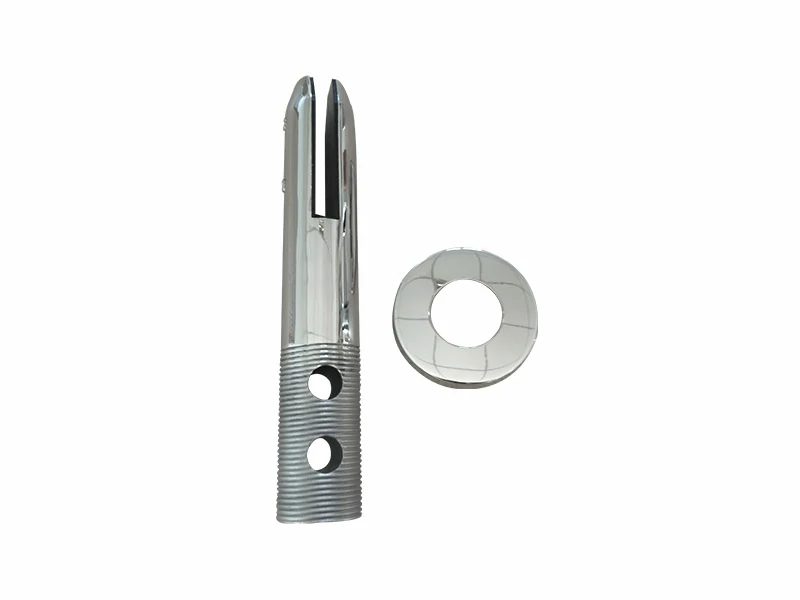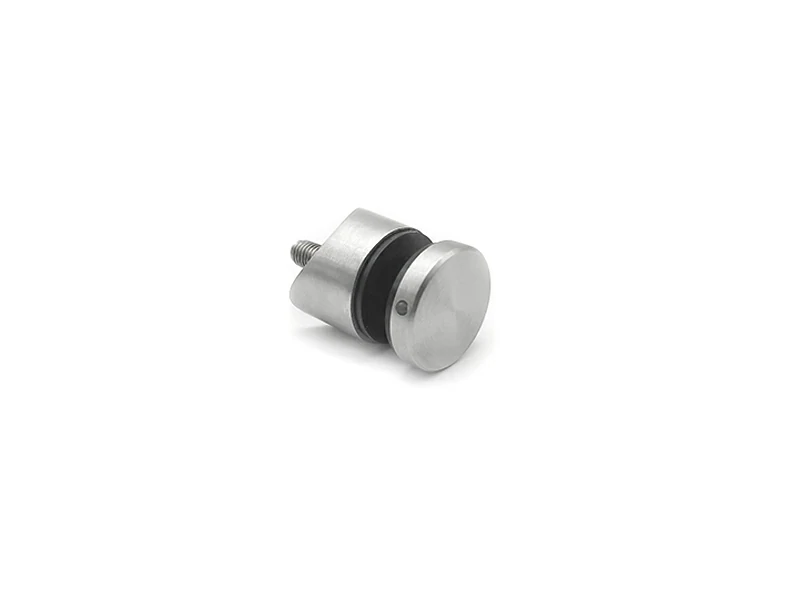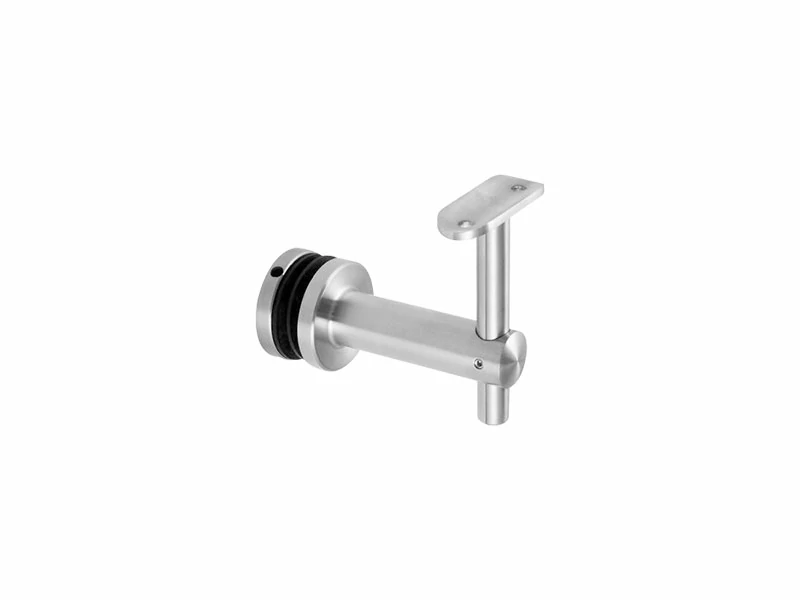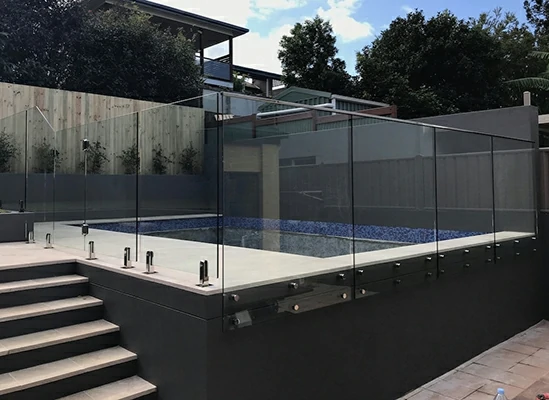
Handrail fittings are the components that connect and support the handrail, such as brackets, connectors, end caps, and flanges. Stainless steel is a popular choice for handrails due to its durability, corrosion resistance, and sleek appearance, but it still requires regular maintenance to prevent deterioration and maintain its aesthetic appeal. Proper maintenance of handrail parts ensures that the stainless steel railing remain in good condition, function effectively, and provide safety and stability.
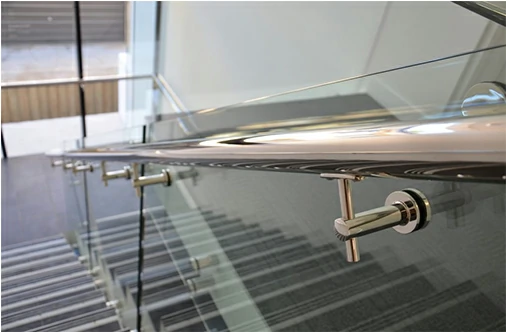
Comprehensive guide on how to maintain stainless steel handrail parts:
Routine Cleaning
1. Daily to Weekly Cleaning: For areas with high foot traffic, clean stainless steel handrails daily or weekly using a soft cloth dampened with warm water. This removes fingerprints, dust, and other residues that accumulate with regular use.
2. Mild Detergent: For more thorough cleaning, use a mild detergent or a specific stainless steel cleaner. Apply with a soft cloth or sponge and follow by rinsing with clean water to remove any soap residue.
3. Wipe Dry: After cleaning, always dry the handrails with a dry cloth to prevent water spots, which can occur due to minerals in water.
Dealing with Stains and Scratches
1. Fingerprints: These are amongst the most common issues. Use a glass cleaner or a household ammonia solution diluted in water, then rinse thoroughly and towel dry.
2. Stains and Streaks: For stubborn stains and streaks, use a mild abrasive cleaner suitable for stainless steel. Always scrub gently and in the direction of the stainless steel grain to avoid scratching the surface.
3. Scratches: Minor scratches can be treated with a non-abrasive pad and a rubbing compound. For deeper scratches, it might be necessary to hire a professional who can polish the stainless steel without damaging it.
Preventing Corrosion
1. Avoid Chlorides: Avoid contact with chlorides such as bleach or salts, which can cause pitting and rusting. If contact occurs, immediately rinse the area with water.
2. Proper Environment: Ensure good air circulation around the stainless steel parts to prevent moisture accumulation, which can lead to corrosion.
3. Protective Coatings: Consider applying a protective coating or polish designed specifically for stainless steel. These products can help repel dirt and reduce the frequency of cleaning required.
4. Sanding and polishing: In severe cases, you may need to sand the affected area and polish it to restore the original finish.
Regular Inspection and Tightening
1. Check Connections: Regularly inspect all connections and fastenings. Tighten any loose screws or bolts to ensure stability and prevent wobbling, which can lead to wear and damage over time.
2. Inspect for Damage: Look for any signs of damage, such as cracking or splitting, which could affect the structural integrity of the handrails.
Professional Maintenance
1. Annual Check-Up: Depending on the location and usage of the stainless steel handrails, consider having a professional check-up annually. They can spot issues that might not be obvious and can perform necessary repairs or replacements.
2. Professional Polishing: If the handrails are in a highly visible area and have lost their luster, professional polishing might be necessary to restore their original shine.
Special Considerations for Outdoor Handrails
Regular Washing: Outdoor stainless steel handrails may accumulate dirt, pollen, and grime more quickly than indoor rails. Wash them more frequently, especially in environments with high pollution or salt exposure (like near the ocean).
Rust Spots: If rust spots do appear, address them immediately using a paste made from baking soda and water, apply with a soft cloth, then rinse off with water.
By following these maintenance tips, stainless steel handrails can retain their appearance and structural integrity for many years, making them a cost-effective and attractive choice for both indoor and outdoor applications.
